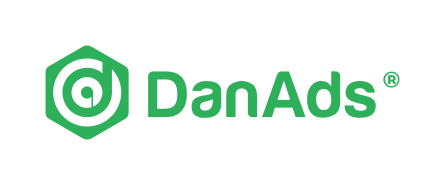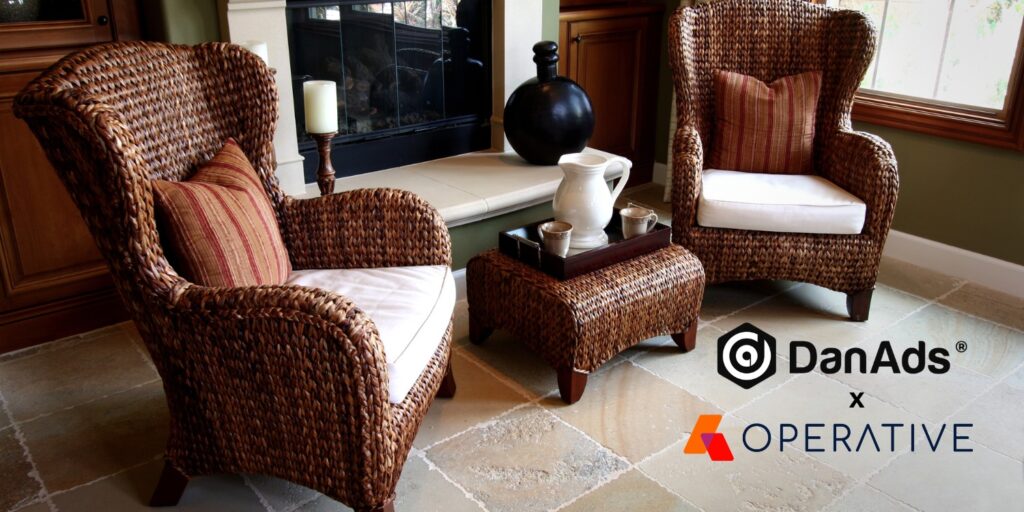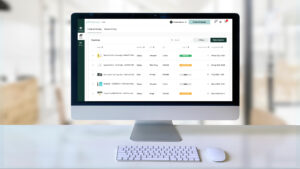Ben: How does the self-serve solution work with direct sales teams?
Johan: The self-serve platform is positioned as complementary to direct sales, not as a replacement. It allows direct sales teams to focus on managing key accounts and relationships. The self-serve channel handles the long tail of smaller advertisers that don’t get serviced well today. Sales teams are the best ambassadors for driving adoption of the self-serve platform, as they can showcase it to clients as an additional buying option. It provides efficiency for sales teams by automating campaign workflows that they would traditionally have to manage manually. The sales rep can still maintain the overall client relationship like an agency, while leveraging self-serve for specific transactional workflows.
Ben: What’s the timeline to integrate DanAds and Operative’s solutions?
Johan: From a technology perspective, DanAds’ self-serve platforms are already integrated to Operative AOS for digital, with additional work being done on the linear capabilities.
Ben: How can publishers successfully implement this solution?
Johan: The key is to treat it as a change management process, not just a technology implementation. Having a well-defined MVP and doing iterative testing is crucial before full launch. We recommend starting with a pilot phase where it’s invite-only for select users before opening up broadly. Getting stakeholder buy-in across marketing, sales and ops is key. Training will be required to educate teams on how self-serve complements existing workflows. Publisher sales teams may initially see it as a threat, so the messaging must be clear on how it is complementary. Incentives may need realignment too. But done right, it can have a significant impact on sales efficiency and margin enhancement.
Ben: How can the self-serve platform help with supply path optimization concerns from buyers?
Johan: For programmatic buyers and agencies focused on supply path optimization, the self-serve platform provides a direct path to purchase inventory without intermediaries. This avoids the multiple hops and fees of going through an open exchange or SSPs. So it can be positioned as a more transparent and efficient way for buyers to purchase directly from the publisher. This caters perfectly to buyers wanting brand safety and visibility on the supply path.
Ben: Does this risk commoditizing premium inventory that direct sales teams manage?
Johan: The self-serve platform can be configured to make certain high-value inventory like local news or live sports exclusive to the direct sales channel. The self-serve could focus on selling impression-based remnant or overnight inventory that direct sales don’t prioritize. This “product segmentation” minimizes contention and positions self-serve as complementary.
Ben: What are some best practices for change management when implementing self-serve?
Johan: Get sales teams bought into the self-serve platform early and leverage them as ambassadors. Make sure the messaging clearly positions self-serve as complementary to sales. Consider incentives for sales reps to encourage adoption, such as commissions for campaigns booked via self-serve. Gradually roll out self-serve in phases and gather feedback. Start with an internal beta before expanding to external advertisers. Have a defined roadmap for the rollout that allows time for training and feedback at each stage. Celebrate quick wins from early adopters to build momentum.
Ben: How can the platform help advertisers better manage and optimize creative?
Johan: The self-serve platform provides robust creative management capabilities. Advertisers can easily version and test multiple creatives for a campaign, replacing spots that have worn out their welcome. Dynamic creative optimization can rotate best performing creatives automatically. Workflow automation flags expiring creatives due for renewal. These capabilities enable more effective creative lifecycle management, especially for smaller advertisers with limited resources.
Ben: Does this solution support both linear TV and digital video inventory?
Johan: Yes, a key value proposition is providing converged workflow automation across linear TV and digital video inventory from a single platform. The self-serve storefront surfaces the publisher’s unified inventory. Campaigns booked on the front-end flow into Operative AOS, which handles unified order management, trafficking and delivery across linear and digital video. This unified approach is critical as media consumption and buying continues shifting across screens.
Learn more about the partnership between DanAds and Operative here.






